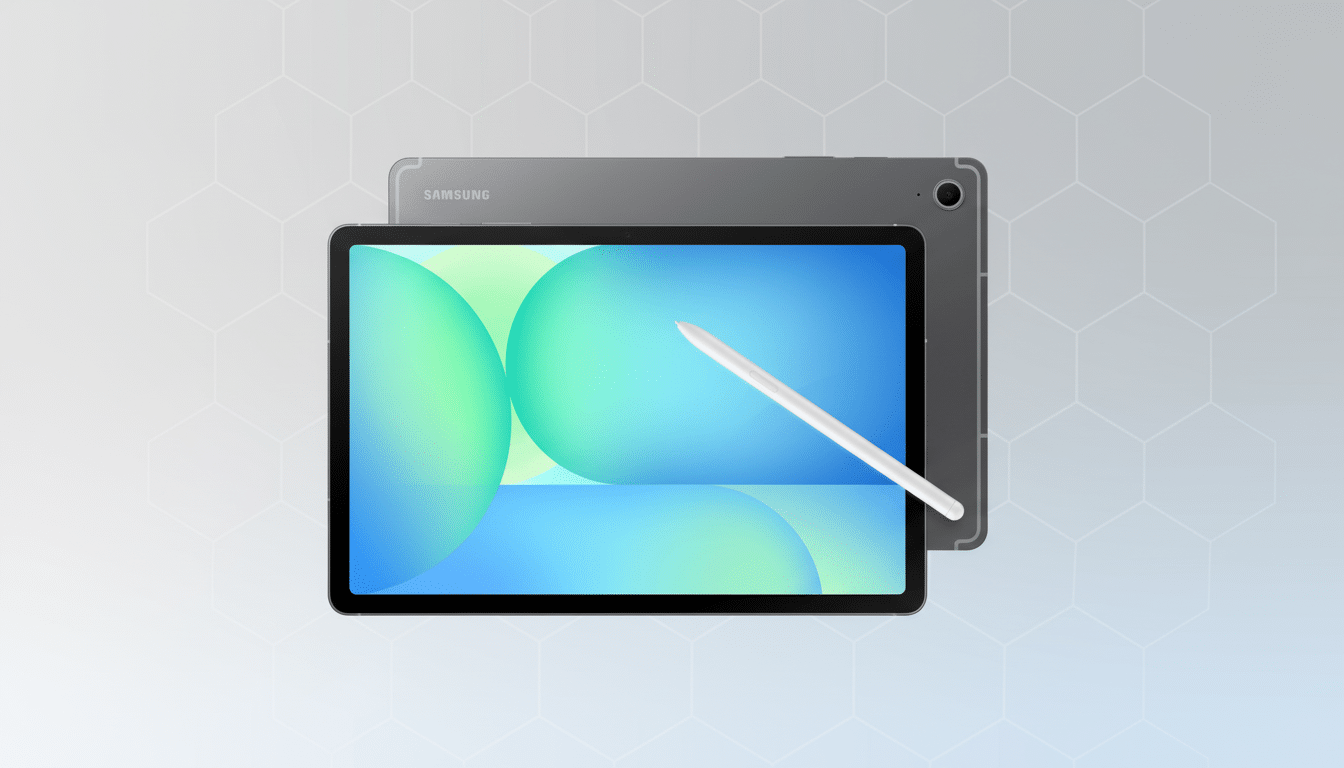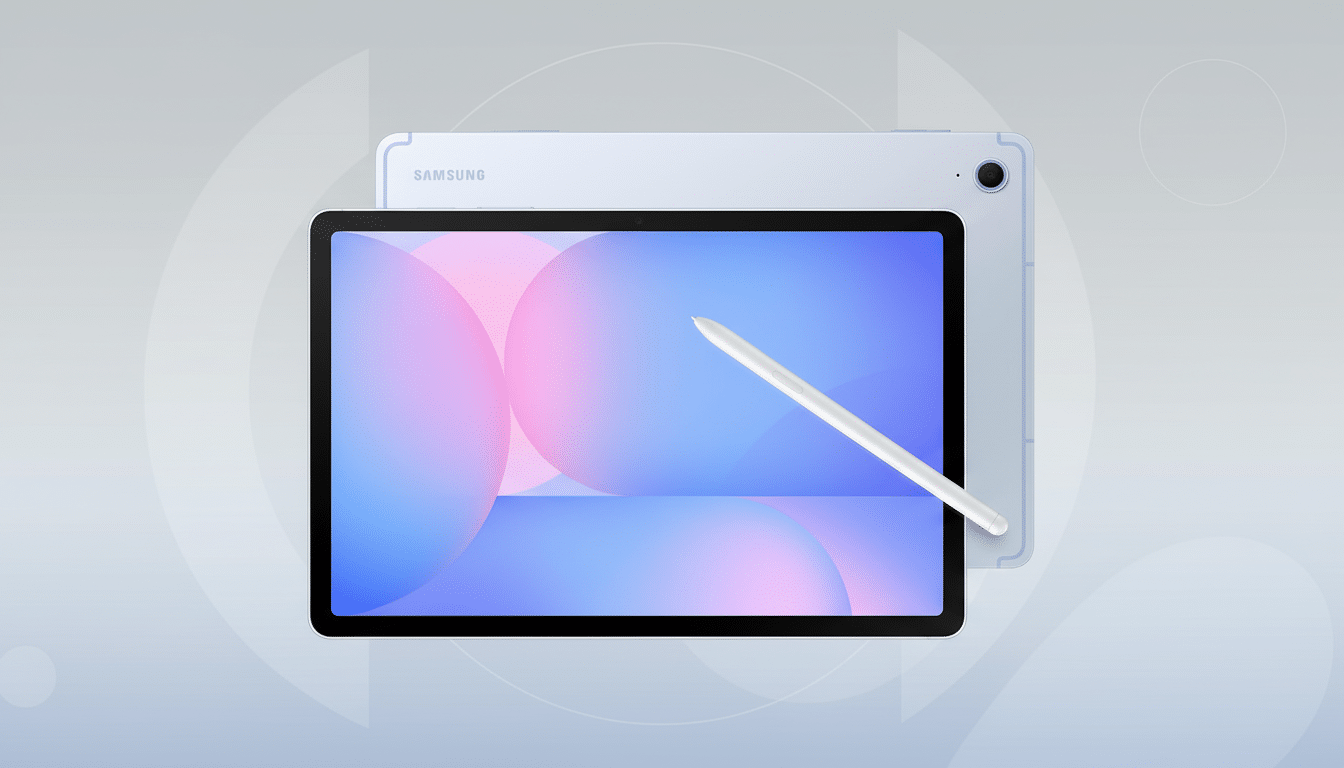T-Mobile is quietly reintroducing 36-month equipment installment plans for a variety of tablets and smartwatches, a reversal that runs counter to its earlier Phone Freedom push toward shorter terms.
The change, which was first identified by the industry watchers at Droid Life, takes the place of the carrier’s usual 24-month financing on a range of connected iPads and watches from Apple, Google, and Samsung. Most customers have a choice today: pay the full price upfront or distribute it over three years (there’s no 24-month monthly-pay option).

What changed, and what devices are affected
That does in fact include the Galaxy Tab S10 FE 5G, just added to a group of other current iPad models that already listed 36-month financing on T-Mobile’s site. It’s unclear if older Samsung tablets for now still have 24-month terms, so the rollout could be staggered. As far as wearables are concerned, T-Mobile offers Apple Watch, Polar, and Galaxy models on 36-month plans. It can also set the terms when it comes to Pixel offerings.
This is not a minor tweak. In removing the 24-month monthly-pay option in these categories, T-Mobile is syncing the payment “clock” to the term of many promotional bill-credit offers (credits are often spread over 24 months), which typically apply across a rising number of installments. That includes customers who cancel service, change plans, or pay off early—risking the forfeiture of whatever credits are left on the deal.
Why customers should care about the change
Financing for a longer term reduces the monthly bill but extends the commitment. Consider a $500 tablet: over 24 months it’s about $20.83 per month; over 36 months it goes down to about $13.89. The trade-off is 12 additional months of installment payments and, in many cases, promotional credits that stream accordingly only while the line remains active and in good standing.
For many buyers, three-year terms for watches and tablets may approximate how long they really use the devices. Tablets consistently receive four to six years of software support, and smartwatches have matured enough that year-over-year upgrades feel incremental. But the long term also tightens those golden handcuffs: financing a line plus bill credits can effectively lock one in place, making mid-cycle changes more expensive.
In keeping with AT&T and Verizon on 36-month terms
With the switch, T-Mobile joins AT&T and Verizon, which heavily depend on 36-month financing for phones, tablets, and wearables. That’s a big shift for a carrier that had spent the past few years busy positioning itself as the one window into three-year device locks. T-Mobile’s Phone Freedom ad campaign helped make it a thing that “you don’t need three years to pay for your gadget”; now it’s resumed the industry status quo, at least for tablets and watches.

The competitive logic is straightforward. Three-year EIPs lessen sticker shock by breaking that big ol’ monthly into smaller pieces (which doesn’t hurt richer promo economics, when credits can be spread over a longer period) and tamp down churn. With carriers, the math can tend to look better at 36 months; for you, it would depend on how long you will keep the device and if you’d be able to use up those credits without being pushed into plan changes that are not appealing.
Longer device lifecycles undercut Phone Freedom
U.S. smartphone replacement cycles have lengthened beyond three years, as there are fewer must-have innovations and tighter household budgets, Counterpoint Research analysts wrote. Tablets average even longer, and on the wrist a watch might linger for three or four years. In short, consumer behavior has moved toward the very timelines that carriers are now hard-coding in their financing options.
There’s a consumer argument to be made here: if you expect to keep an iPad for five years, taking out a 36-month plan that reduces the monthly charge makes sense. But it runs too contrary to the Phone Freedom ethos, which promised quicker upgrades and less rigidity. T-Mobile still has upgrade-friendly plans such as Go5G Next for phones, but the step on tablets and wearables is a wider retreat from the more short-term financing position it took to differentiate itself.
What to watch next as T-Mobile expands 36-month EIPs
The question is whether phones are next. AT&T and Verizon already default to 36 months on smartphones, and if T-Mobile pushes out three-year terms to handsets, it would seal the industry’s full pivot back to longer financing. Customers should read the fine print when considering a new device:
- How long is the EIP term?
- For how long does the promotional bill credit apply?
- What happens if you change plans or cancel early?
As of now, the change applies to most tablets and all major-brand watches on T-Mobile. I should think it has its own way of appealing to buyers on the smallest monthly outgoings. But the message writ large is an easy one to read: the carrier that built its identity on waging war against the three-year plan is being forced into a kind of uneasy embrace with it, and Phone Freedom is starting to feel like little more than marketing puffery.

